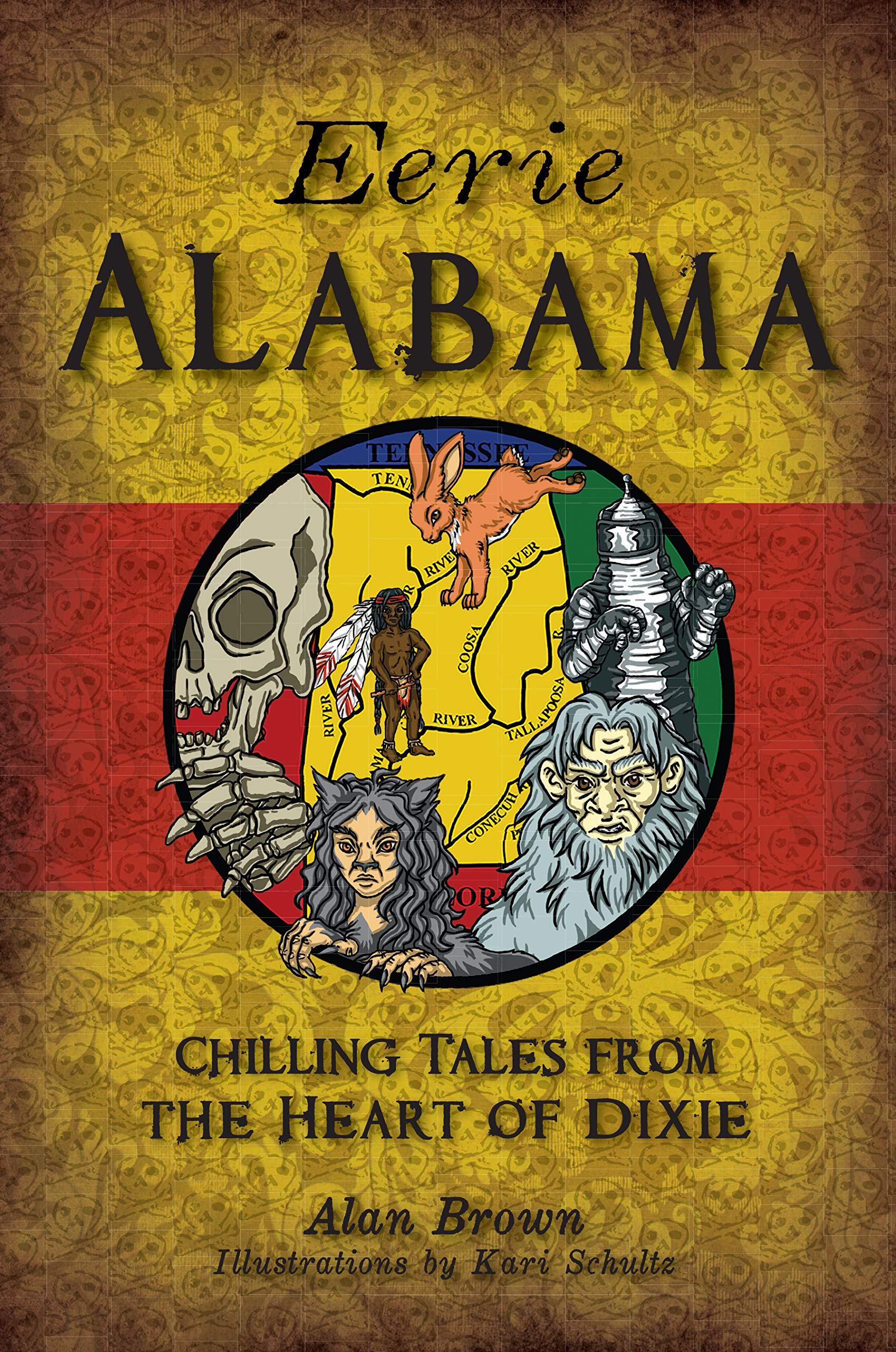After John Fenwick arrived in John’s Island in 1703, he was appointed Commissioner of the Indian Tract. He married Elizabeth Gibbes, the daughter of Governor Robert Gibbes, and moved into a house made of notched logs on the Stono River. In 1730, the log cabin was replaced with a beautiful Georgian-style plantation house. After John’s son, Edward, inherited the 11,000-acre estate in 1747, he added two-story brick extensions at the sides of the mansion. Edward Sr. was an avid horse breeder, who built stables and a three-mile racetrack on the property. Known today as the “Founder of the Turf in Carolina,” Edward Sr. was one of the eight founders of the original South Carolina Jockey Club. In 1779, Edward’s sons, Edward Jr. and Thomas, joined the British forces that took Fenwick Hall. After the Revolutionary War, Thomas fled to Jamaica, and Edward Jr. moved to Edisto, where he set up a horse-breeding farm. Fenwick Hall Plantation passed into the hands of Gibbes family, who retained ownership of the property until John Gibbes died in 1803. A number of different people owned Fenwick Hall Plantation in the 19th century. Fenwick Hall was used as a hospital by both Confederate and Union forces. In the 1930s, Victor Morawetz of New York bought Fenwick Hall and repaired the dilapidated old house. Helen Igoe Blanchard purchased the plantation in 1943. In 1980, Fenwick Hall Hospital, a private alcohol and drug abuse treatment center, was housed in the old mansion. The City of Charleston annexed Fenwick Hall in 1980 and zoned the plantation for development. After Fenwick Hospital closed in 1995, the mansion was purchased by private individuals, who made extensive renovations to Fenwick Hall. Today, the private residence has had much of its former grandeur restored. Even two of the mansion’s ghosts are still there.
The ghost story of Fenwick Hall takes place in the mid-18th century. In the version of the story told by Margaret Rhett Martin in Charleston Ghosts, Edward Fenwick Sr. had a teenage daughter, Ann, who loved to go horse riding. One day, Edward, who doted on the girl, gave her a beautiful black stallion as a present. Ann rode the beautiful thoroughbred every day and immediately bonded with the horse. Over time, she also became very close to Tony, the handsome groom who often accompanied her on her rides. Within a few months, Ann fell deeply in love with the young man. One day, she walked into her father’s study and, in a soft, trembling voice, told him that she loved Tony and wanted to marry him. Edward rose from his chair and, in an angry voice, told his daughter that she could not marry Tony because he was not worthy of her. Several weeks later, she again asked her father’s permission to marry Tony, but Edward Sr. was still adamantly opposed to the union. In desperation, the love-struck girl decided to elope with Tony. On a designated night, the couple walked to the marshes of the Ashley River in the hopes of finding a boat. When no boat could be found, Ashley and Tony were forced to spend the night in an abandoned cabin. Ann and Tony were awakened the next morning by loud knocking at the door. Standing in the doorway were Edward Sr. and several other men. When Ann informed her father that she and Tony had been married the day before, he ordered his men to place Tony on a horse and to tie a rope around his neck. Her father then placed a riding whip in Ann’s hand and commanded her to strike the horse on the rump. With tears in her eyes, the girl did as she was told. She then screamed “Tony!” and collapsed on the ground. Ann was taken to her room and laid on the bed. When she awoke, she began searching through the house for Tony, even though her mother told her that the groom was dead. For the rest of her life, Ann sat in the east parlor or wandering through the rooms of Fenwick Hall, asking, “Tony! Tony! Tony! where are you?” For over two hundreds, occupants of Fenwick Hall have heard ghostly footsteps walking down the hallways and a spectral voice crying, “Tony! Tony! Tony!”
In a second version of the tale, Tony himself haunts Fenwick Hall Plantation. According to some people, Tony’s body was jerked so violently off his horse that the noose ripped off his head. For years, his headless corpse has been riding through marshes, searching for his lost love, or, perhaps, for his head. Many residents of John’s Island claim to have seen the headless horseman of Fenwick Hall on moonlit nights.
In 2001, developers began construction of several hundred housing units on the plantation property. Today, town homes and condos are plainly visible through the trees that line the 55-acre estate. Fenwick Hall Plantation’s rural ambiance may be gone forever, but the tragically romantic legend of Ann Fenwick’s illicit love for her groom is likely to persist for years to come.



Recent Comments